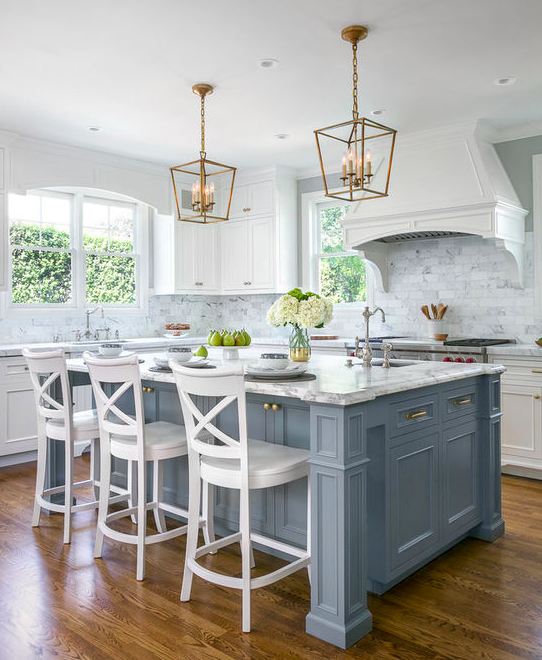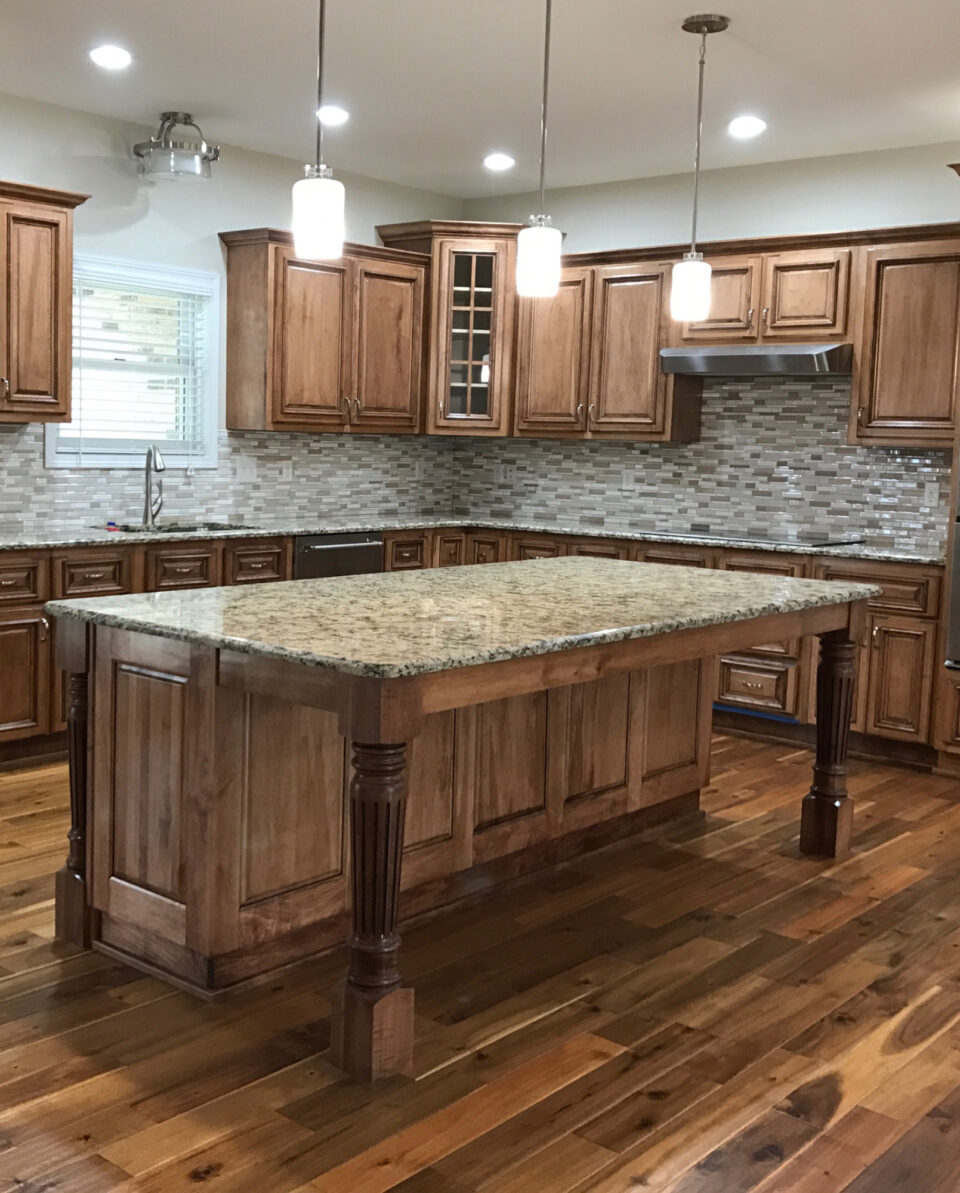The Significance of a Sturdy Cooking Area Island Leg in Creating a Practical Food Preparation Location
A durable cooking area island leg works as an essential part in developing a functional cooking setting, giving necessary support for both the counter top and different cooking area tasks. The security it offers can substantially reduce the threat of accidents in high-traffic areas, while also adding to the general visual comprehensibility of the area. As cooking areas develop right into multifunctional locations for food preparation, eating, and mingling, the selection of materials and style considerations for island legs ends up being progressively crucial. Recognizing these components can change your kitchen into a safer and a lot more effective area, triggering additional exploration into the best options readily available.
Advantages of Sturdy Island Legs
Offering necessary support, sturdy cooking area island legs play a critical function in enhancing the functionality and durability of cooking area islands - kitchen island leg. These legs not just bear the weight of the kitchen counter and any kind of extra items put on the island, however also add to the total stability of the framework. A well-supported kitchen area island makes certain that it stays upright and useful, also under heavy usage, which is particularly essential in active kitchen settings
Furthermore, strong island legs can improve the visual appeal of the cooking area. They provide a strong structure that can complement numerous design styles, from contemporary to traditional. This adaptability permits house owners to customize their kitchen area islands according to individual preference while guaranteeing that the architectural stability continues to be uncompromised.
In addition to their helpful role, robust cooking area island legs can additionally boost safety and security. Inevitably, spending in strong cooking area island legs is vital for a practical and visually pleasing cooking area.
Materials for Kitchen Area Island Legs
When choosing materials for kitchen area island legs, resilience and aesthetic allure are important aspects to think about,. The most usual products include wood, steel, and engineered timber, each offering special benefits.
Hardwood, such as maple, cherry, or oak, is a traditional choice as a result of its stamina and timeless elegance (kitchen island leg). It can endure considerable weight and is resistant to put on, making it ideal for high-use kitchen area settings. Furthermore, hardwood can be tarnished or painted to complement various kitchen area designs
Metal legs, often crafted from stainless-steel or wrought iron, supply a contemporary and commercial appearance. They are exceptionally strong and can sustain substantial tons while being immune to moisture and warmth, which is helpful in a cooking area. Steel legs can also be conveniently cleaned, improving their functionality.

Layout Factors To Consider for Stability
The option of materials for kitchen island legs straight influences the design factors to consider for security. When developing a kitchen island, it is extremely important to examine the weight-bearing capacity of the picked materials. Heavier products, such as solid timber or steel, typically give better stability, especially under the stress of everyday usage.
Furthermore, the leg layout need to incorporate appropriate geometry to boost security. A wider base boosts the support location, decreasing the risk of tipping check or tottering. Factor to consider ought to likewise be provided to the height of the legs; out of proportion leg lengths can result in imbalance, jeopardizing the total stability of the island.
In addition, the distribution of weight throughout the island is essential. Making sure that the leg placement aligns with the heaviest elements, such as devices and countertops, will certainly better enhance stability.
Maintenance Tips for Durability

Depending on the material of the legs-- whether wood, metal, or composite-- proper cleansing methods should be utilized. Steel legs might call for a light polish to stop corrosion and keep their luster.
If the kitchen area island experiences heavy usage, think about strengthening the legs with additional braces or supports to boost durability. By adhering to these maintenance tips, home owners can guarantee their cooking area island legs stay robust and practical for years to come.
Selecting the Right Leg Design
Regular maintenance ensures that kitchen island legs stay practical and strong, yet picking the ideal leg design is similarly crucial for both visual appeals and support. The option of leg design can substantially affect the general design and harmony of your kitchen.

Functionality is one more essential aspect. Thicker legs or those with a tough base can sustain heavier countertops and equipment, enhancing the island's utility. On the other hand, slim legs might develop a click here to read ventilated look, appropriate for lighter styles however potentially much less supportive.
Conclusion
In summary, the importance of strong kitchen island legs can not be overemphasized in the development of a functional food preparation area. These legs provide essential assistance, boost security, and contribute to the total visual of the kitchen area.
A durable cooking area island leg offers as a fundamental part in developing a useful food preparation environment, supplying needed assistance for both the counter top and different kitchen tasks.Providing crucial support, tough kitchen area island legs play a pivotal function in enhancing the performance and durability of kitchen area islands. Ultimately, investing in strong kitchen island legs is crucial for a functional and aesthetically pleasing cooking location.
Consideration must additionally be given to the elevation of the legs; out of proportion leg lengths can lead to discrepancy, endangering the overall stability of the island.
Wood legs give heat and a traditional appearance, while steel legs offer a contemporary and commercial feel.